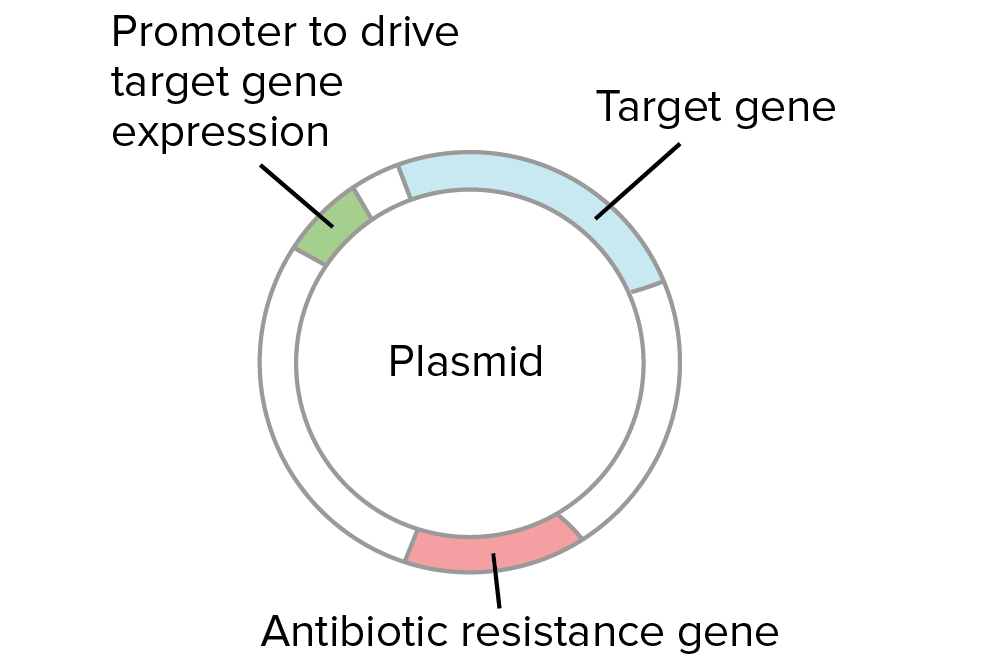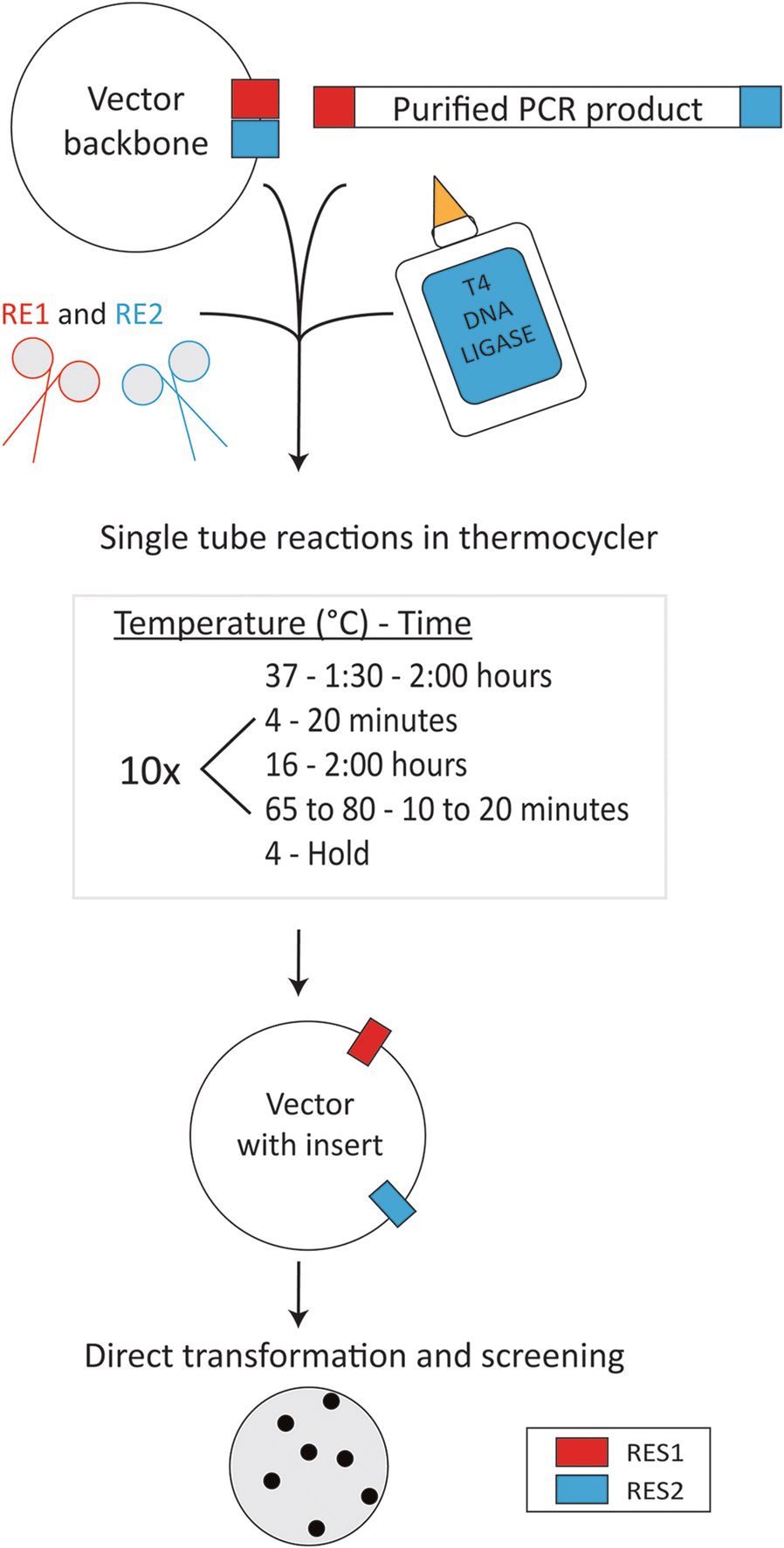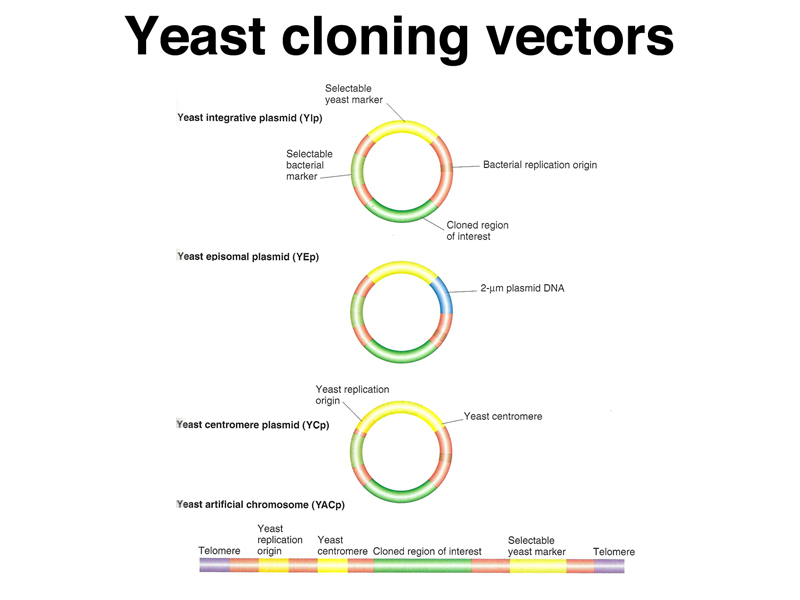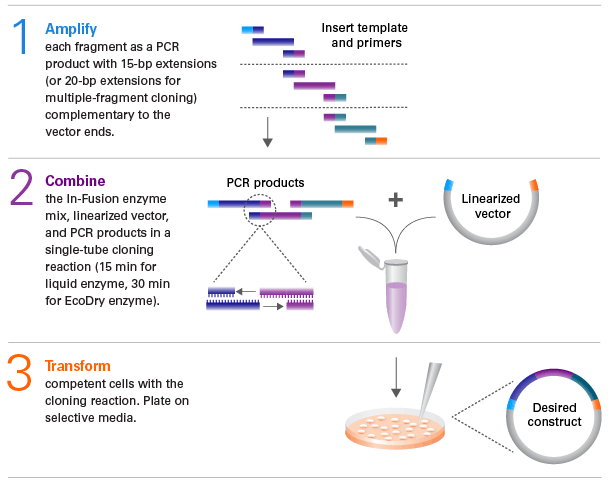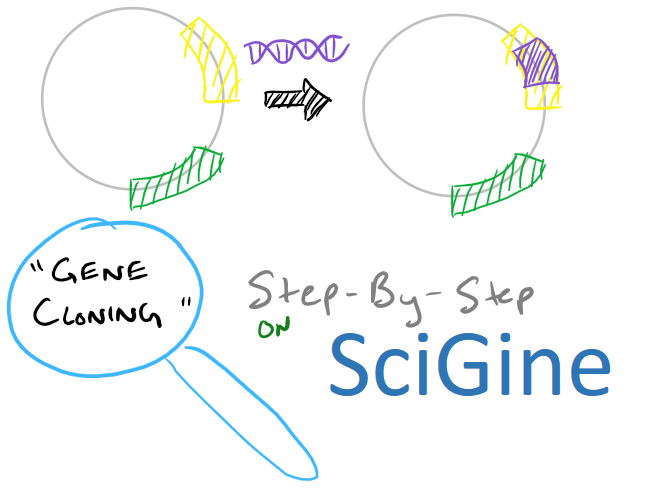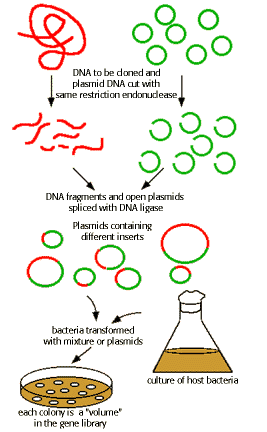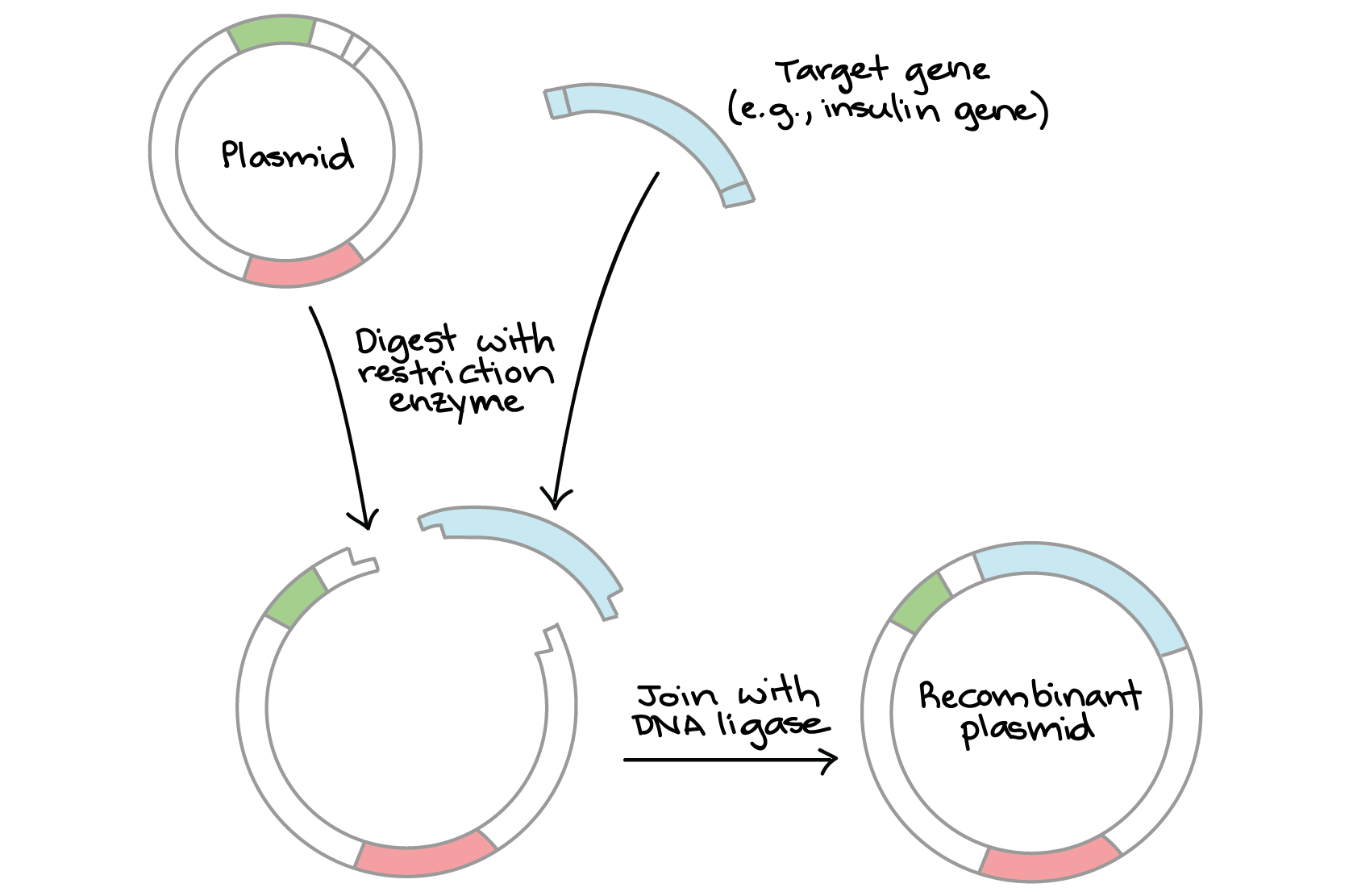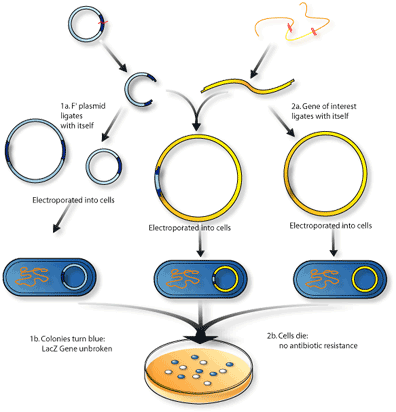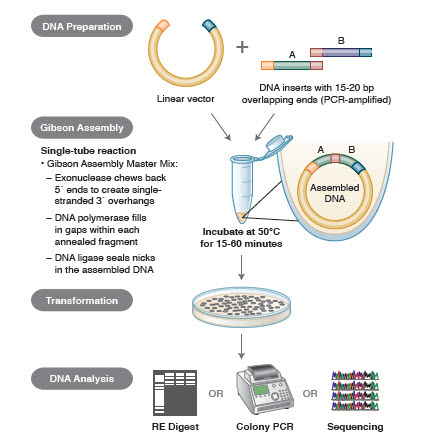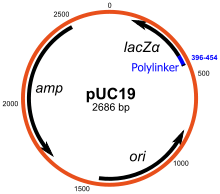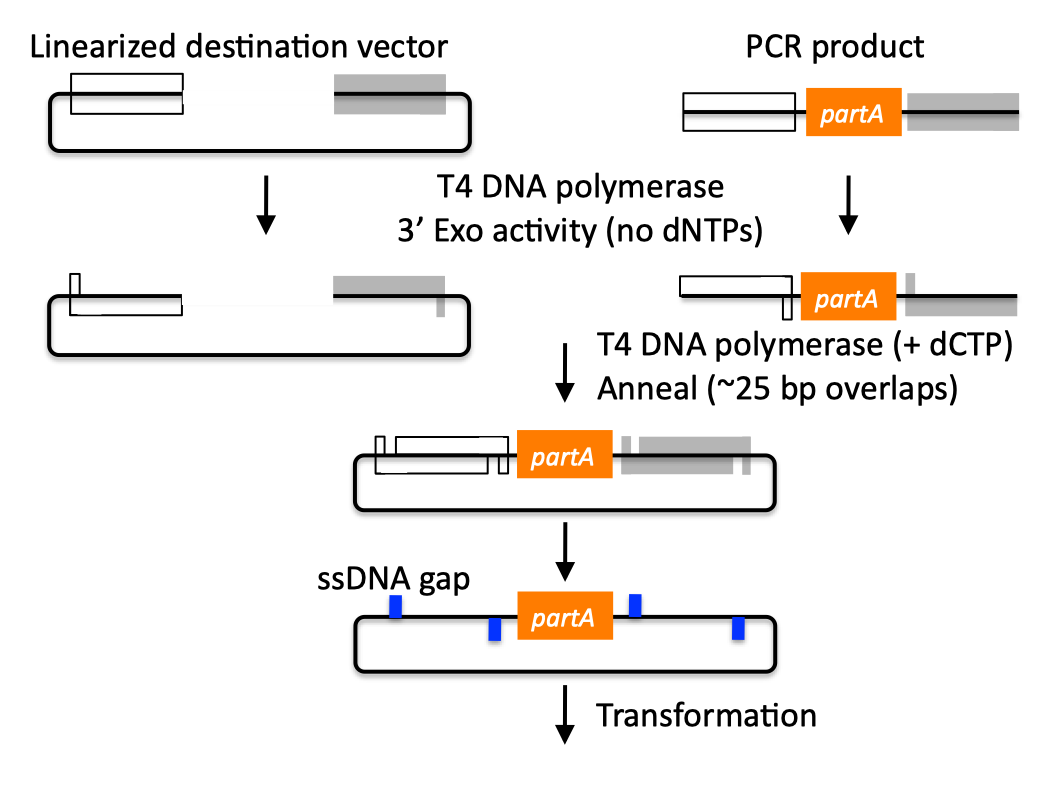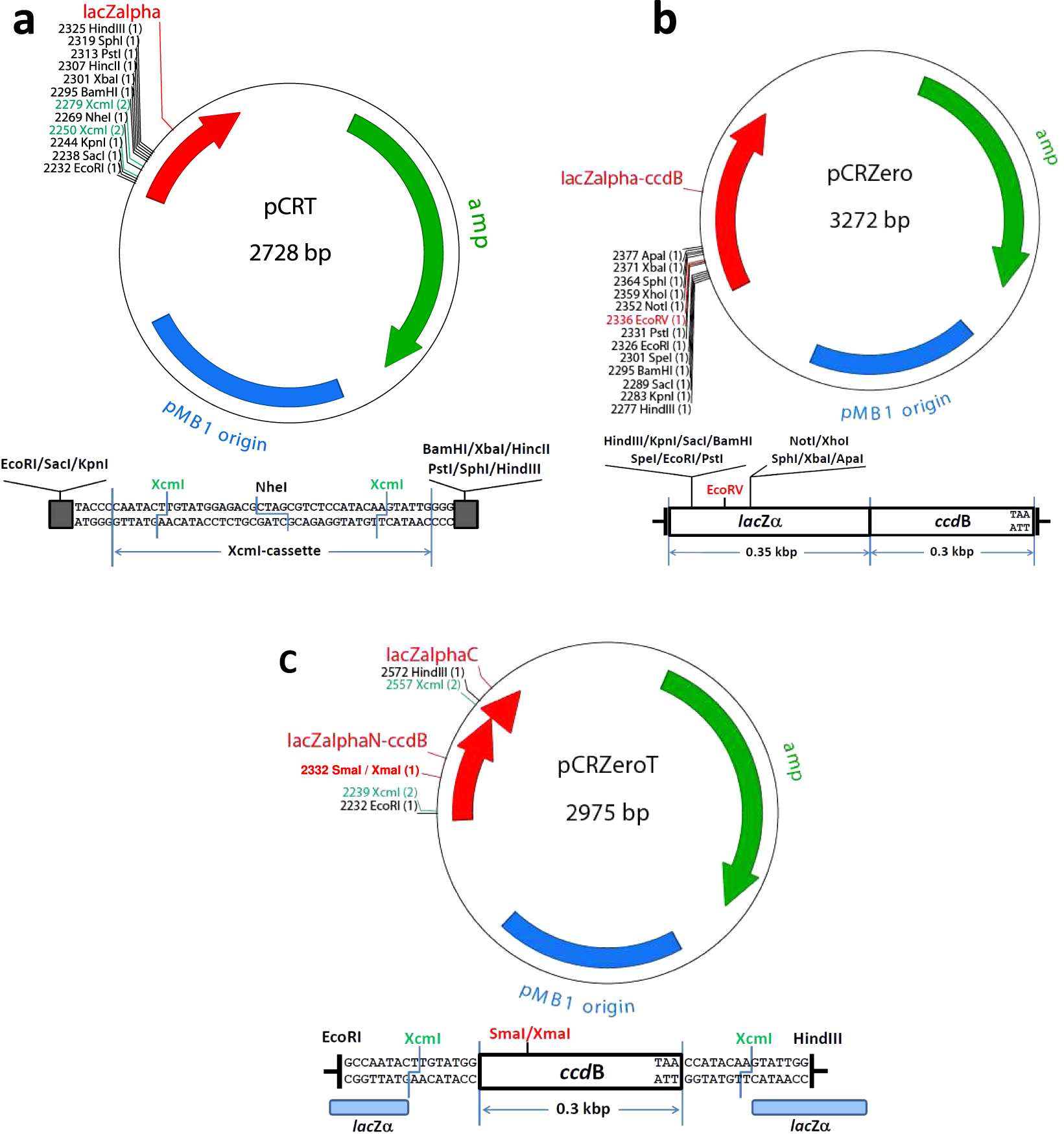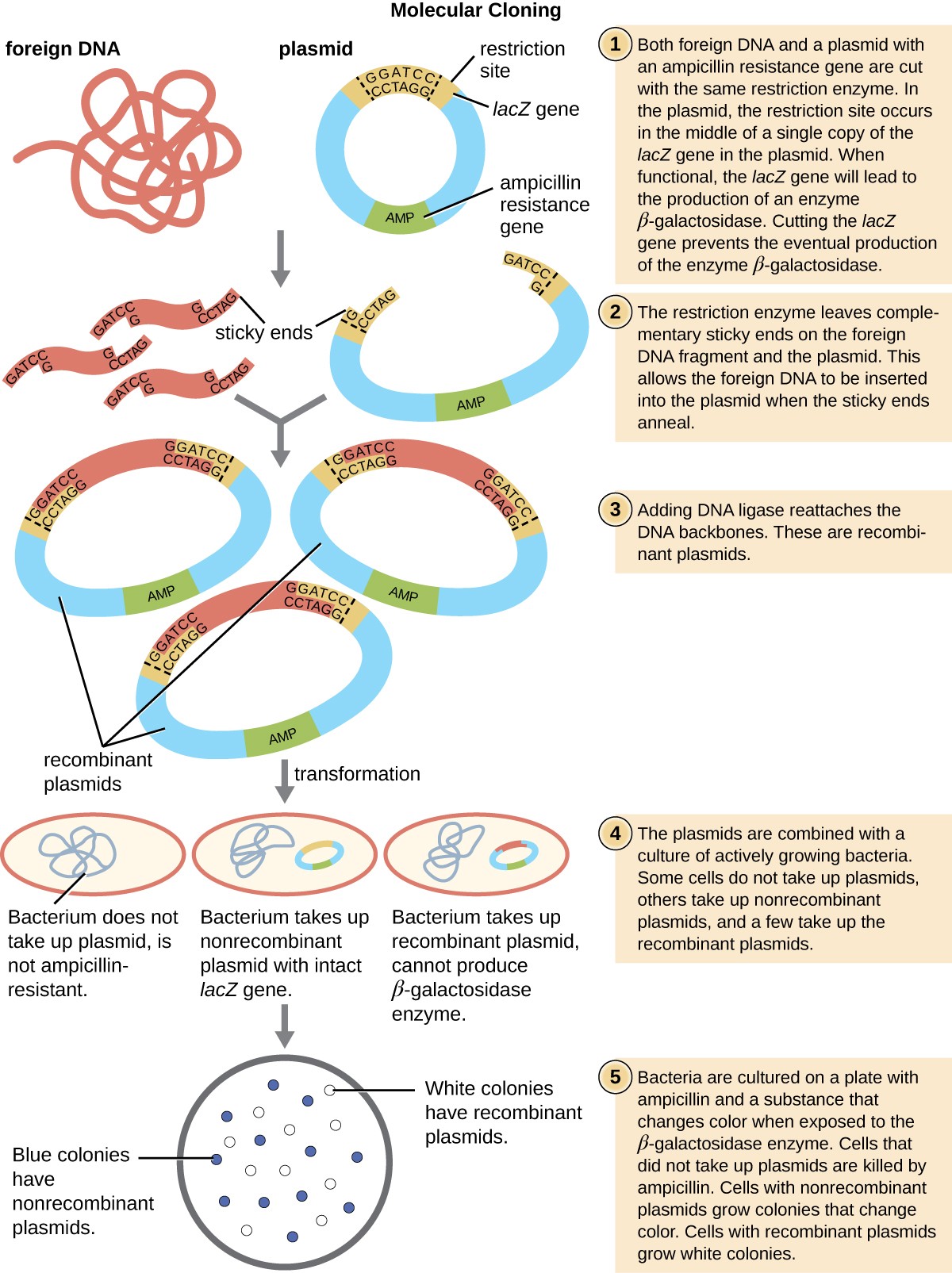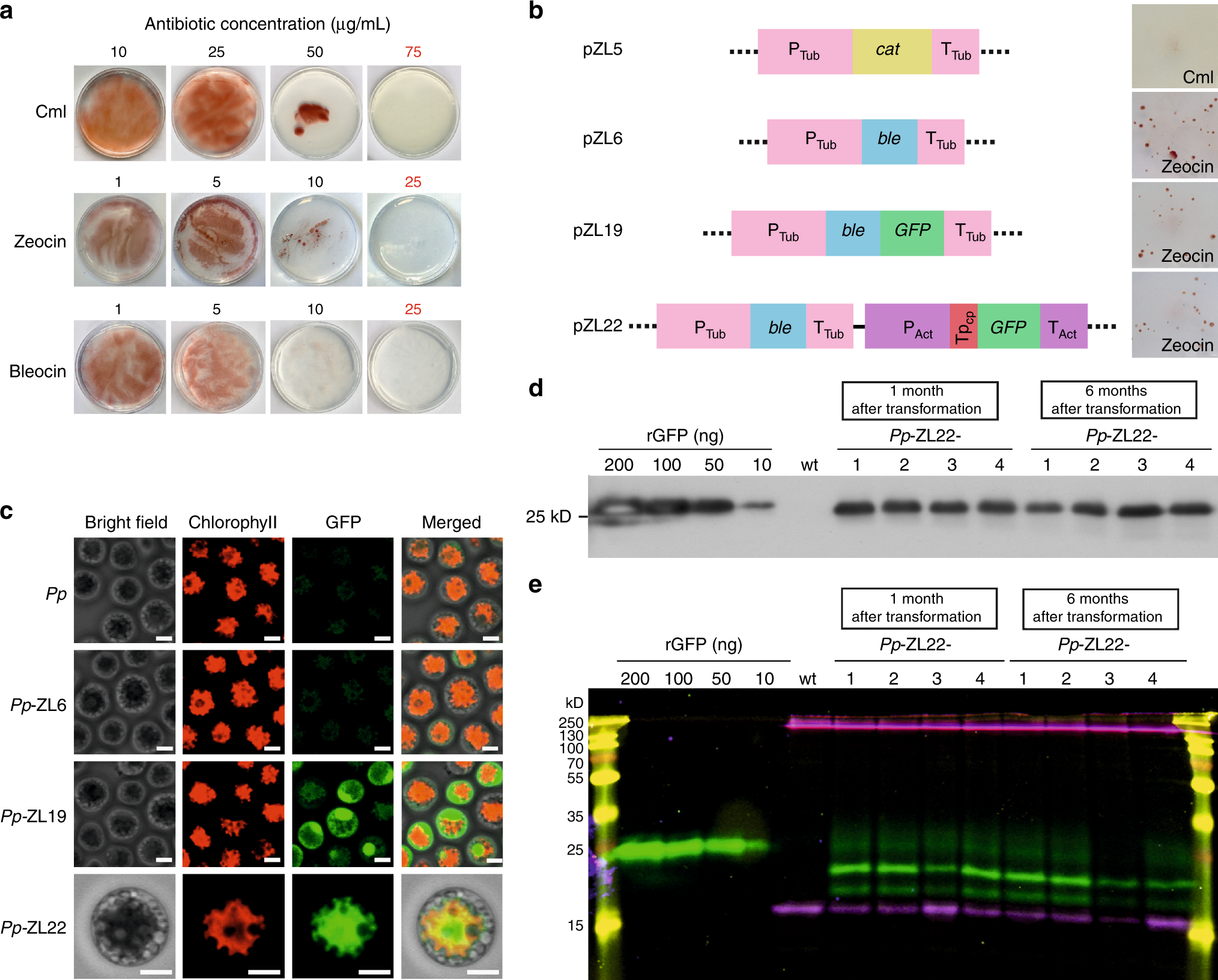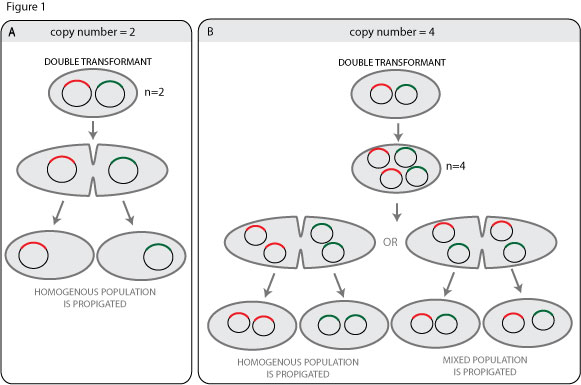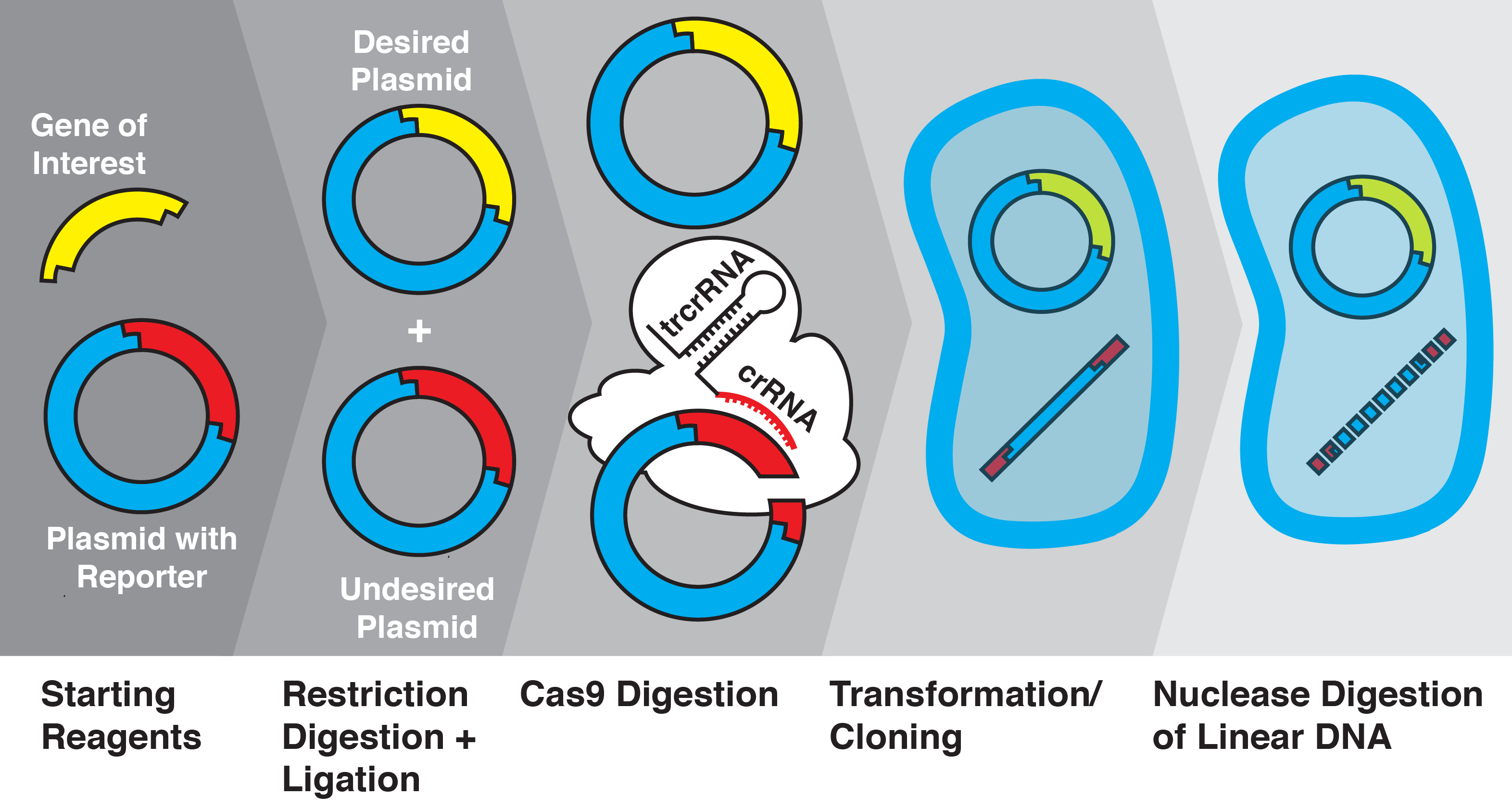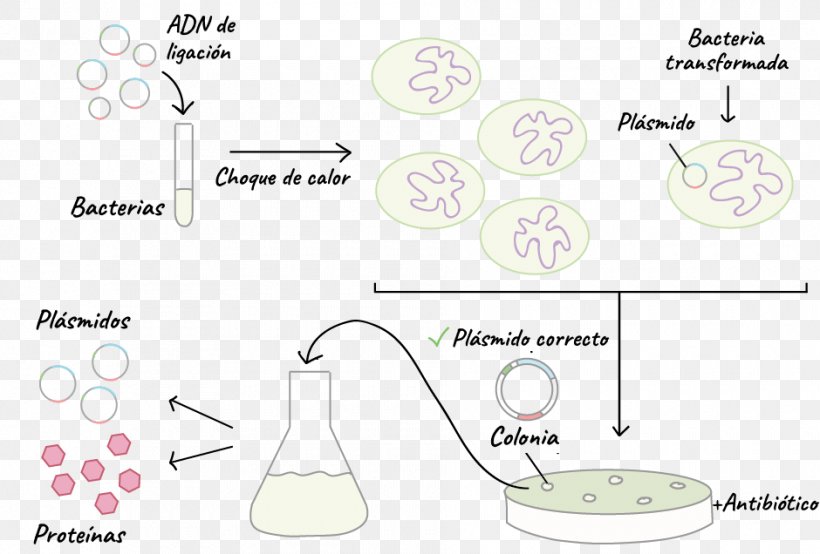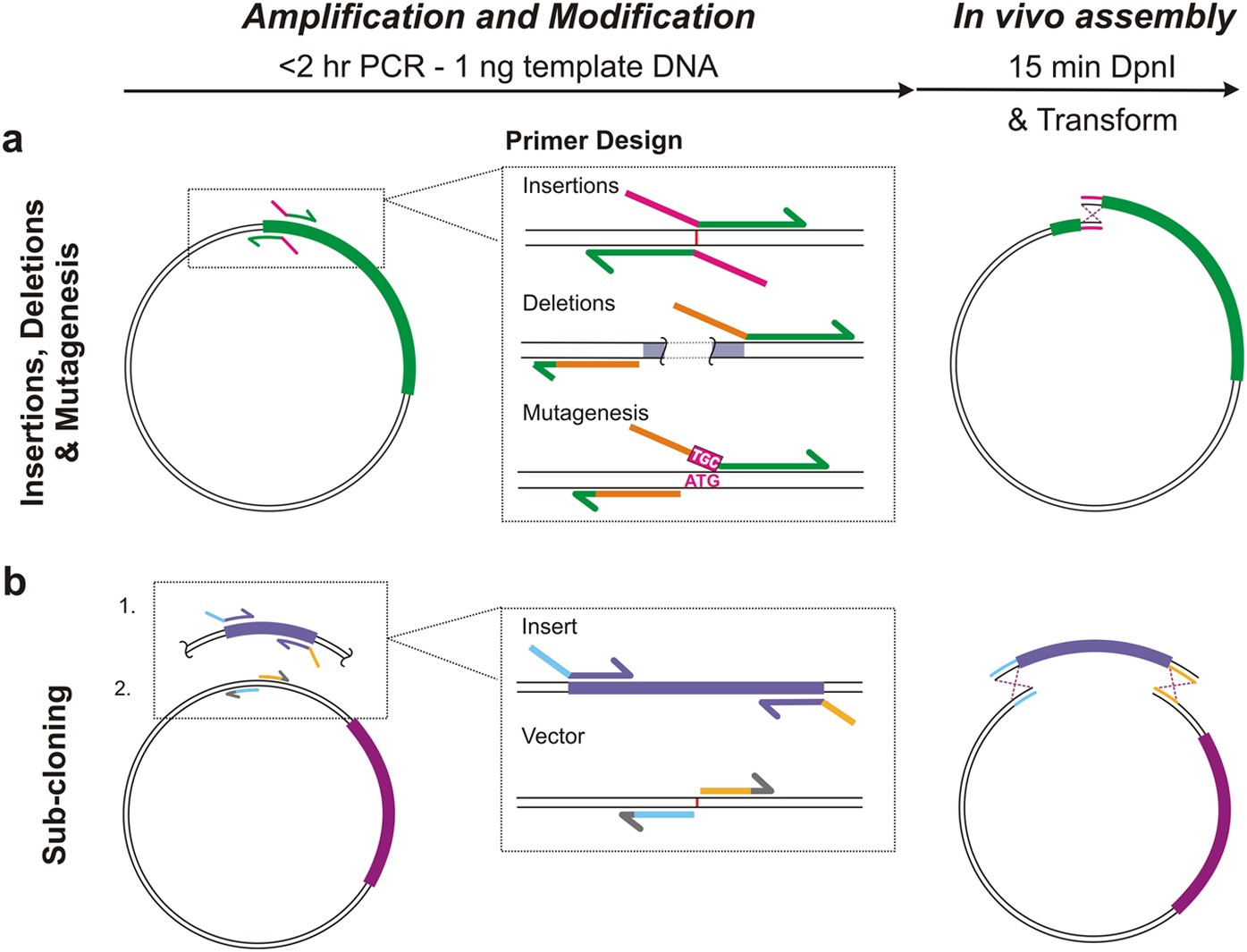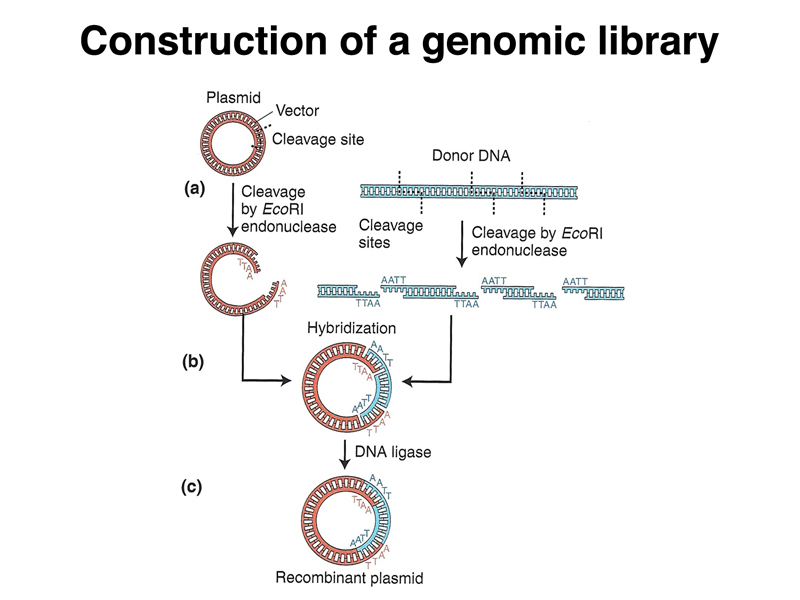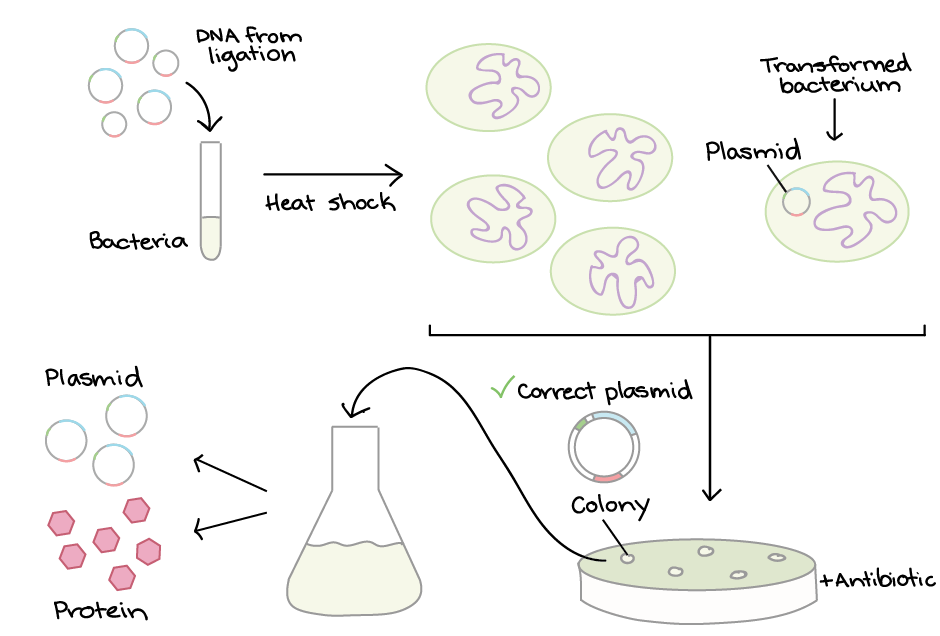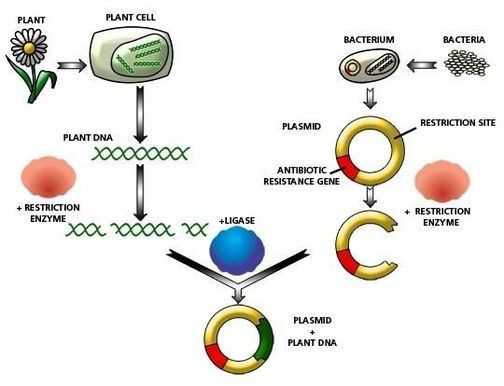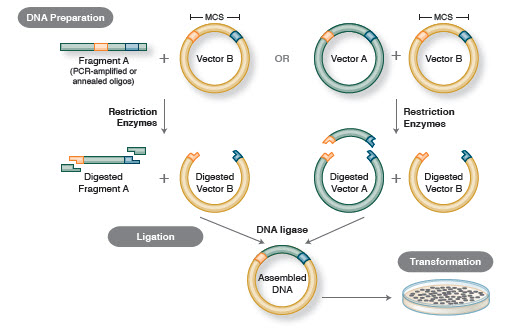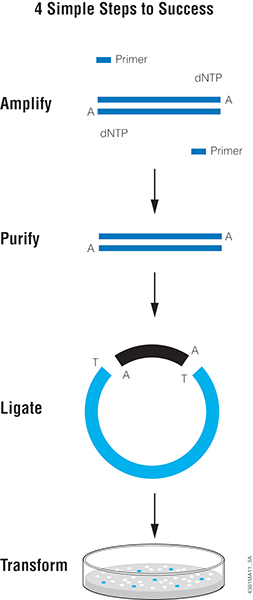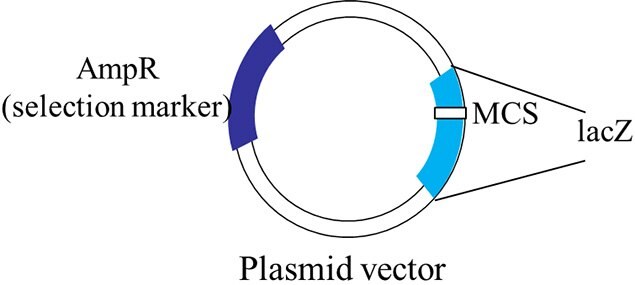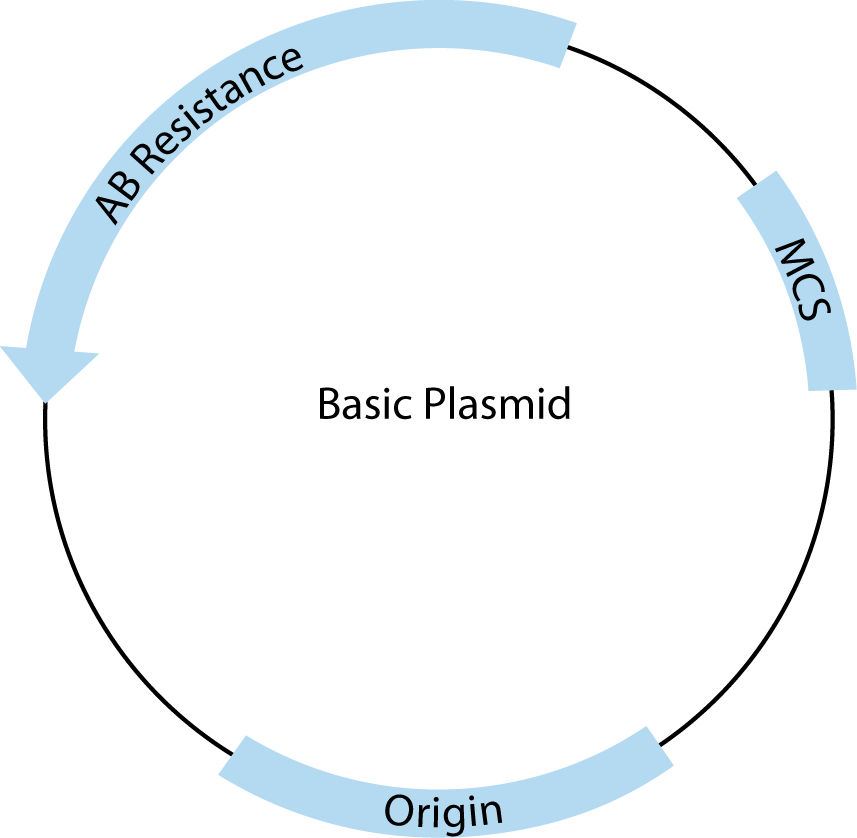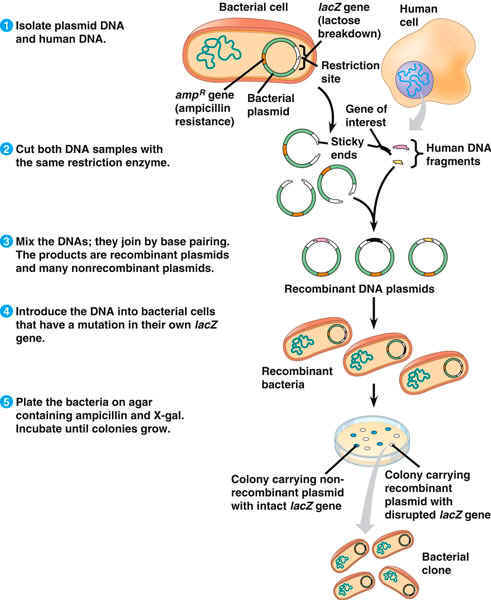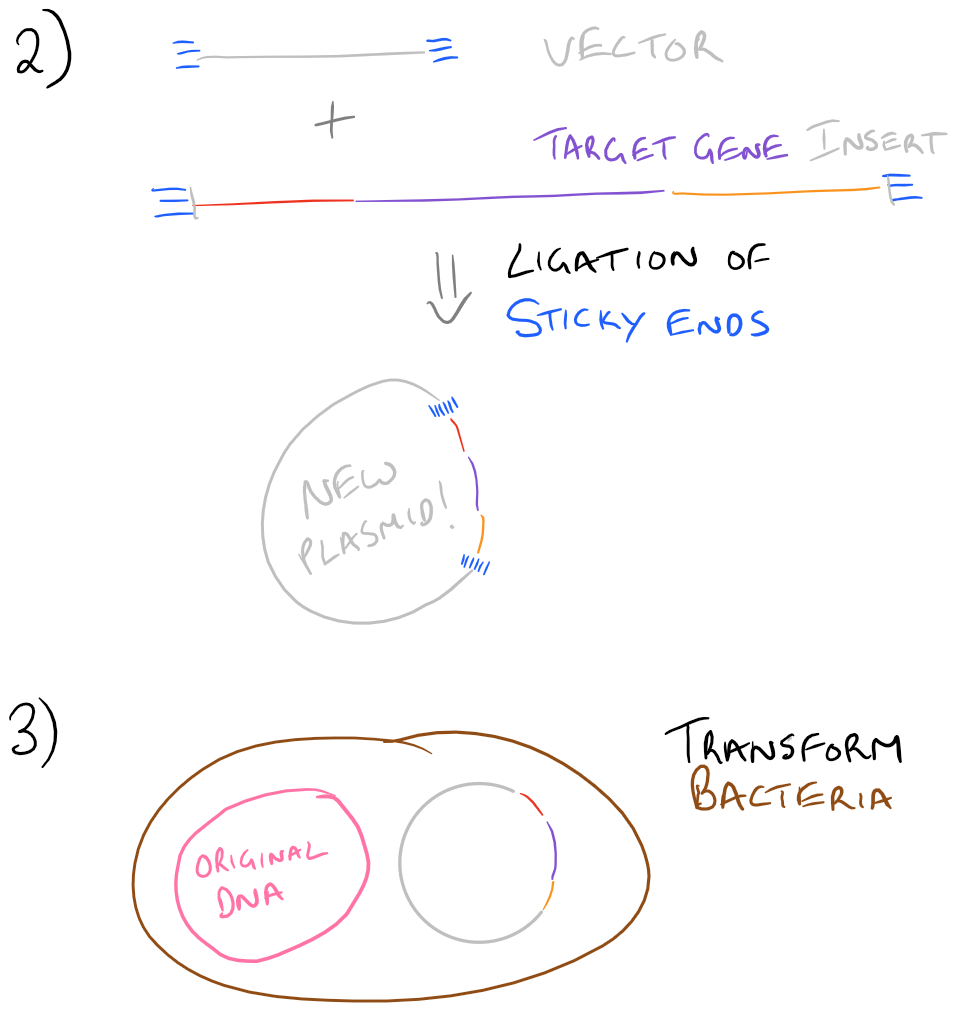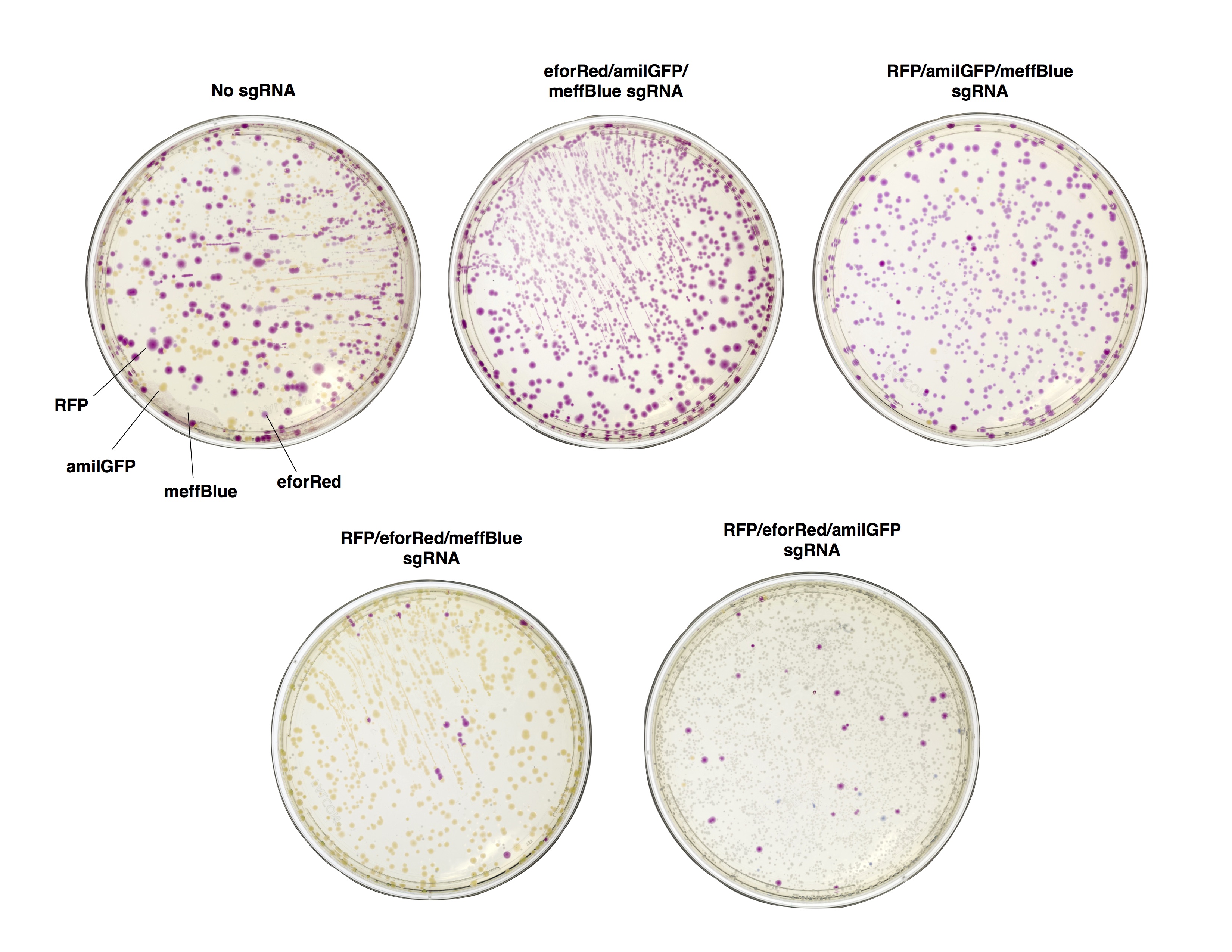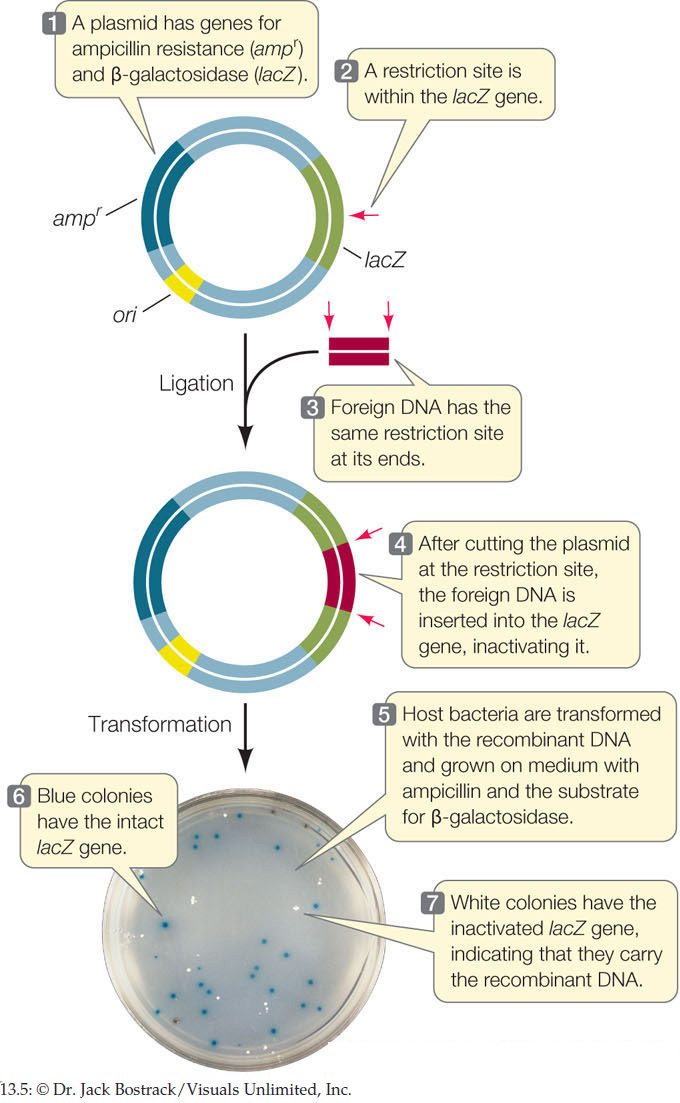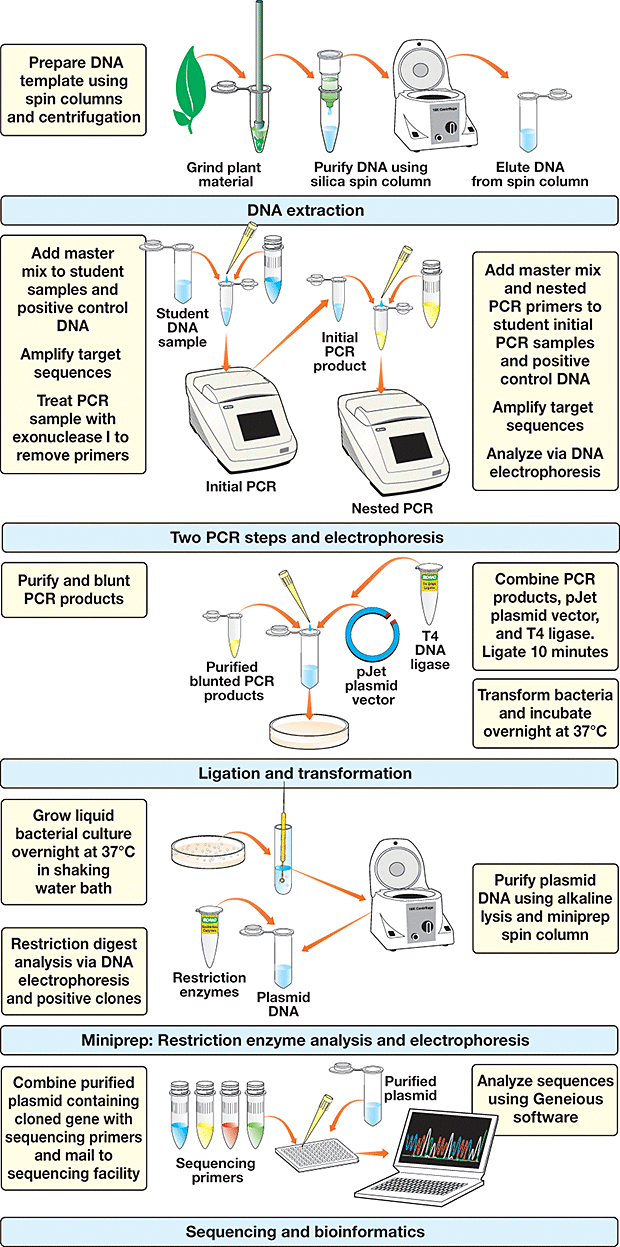Cloning And Transformation With Plasmid Vectors
We have had multiple successes cloning 20 30 kb fragments in plant transformation vectors that themselves are 10 kb so it is definitely possible.

Cloning and transformation with plasmid vectors. 842 using plasmids as cloning vectors. The cloning vector may be dna taken from a virus the cell of a higher organism or it may be the plasmid of a bacterium. Cloning in plasmid vectors. Given the large number of restriction enzymes that are currently available it is usually not too difficult to find an enzyme for which.
Prior steps for creating recombinant plasmids are described in traditional cloning basics and involve insertion of a dna sequence of interest into a vector backbone. In transformation the dna usually in the form of a plasmid is introduced into a. Assuming you are amplifying from plasmid dna rather than from genomic dna or a cdna library roughly 18 21bp is usually sufficient to give specificity and to also be compatible with a standard pcr reaction. Incubate the competent celldna mixture on ice for 20 30 mins.
We also use electroporation with home made. Pro tip transformation efficiencies will be approximately 10 fold lower for ligation of inserts to vectors than for an intact control plasmid. Typically the method for transformation of a dna construct into a host cell is chemical transformation electroporation or particle bombardment. Plasmid or vector transformation is the process by which exogenous dna is transferred into the host cell.
Before getting into the mammalian plasmid components it may be useful to describe the means of introducing genetic material such as plasmids into mammalian cells a process called transfectiontransfection is somewhat comparable to bacterial transformation the introduction of dna into bacterial cells. Directional cloning protocol summary only for purposes of this preview site most plasmid vectors in common use contain multiple cloning sites that in essence are clusters of recognition sequences for many different restriction enzymes. Because we are cloning an orf we want to clone from the start codon atg to the stop codon tga in this example. Bacterial transformation is a key step in molecular cloning the goal of which is to produce multiple copies of a recombinant dna molecule.
The vector therefore contains features that allow for the convenient insertion or removal of a dna fragment to or from the vector for example by treating the vector and the foreign dna with a restriction enzyme tha. A cloning vector is a small piece of dna that can be stably maintained in an organism and into which a foreign dna fragment can be inserted for cloning purposes. To insert a dna fragment into a plasmid both the fragment and the circular plasmid are cut using a restriction enzyme that produces compatible ends figure 89.



